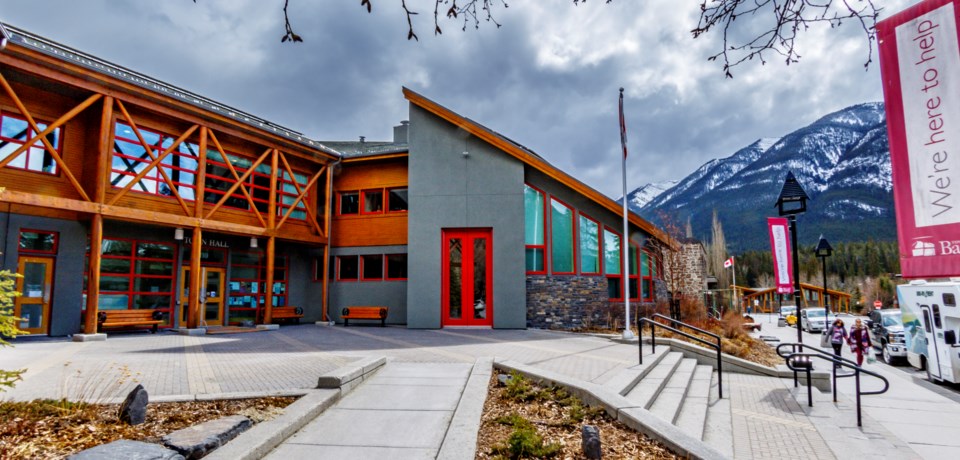BANFF – Two of Banff’s most fiscally conservative councillors are taking issue with the Town of Banff’s apparent move away from its long-held philosophy against tax-supported debt.
Councillors Ted Christensen and Hugh Pettigrew flagged concerns over the current $34.4 million debt during discussion on the Town of Banff’s financial plan, which is a council-approved guiding document that sets out the financial direction for the municipality.
“There has been a change in philosophy and, yes, it’s been council approved, but it’s also administration directed… I am concerned by ever increasing costs,” said Coun. Christensen.
“I think in these times we talk about financial resiliency and sustainability and to me, that means you’ve got the cash in your pocket. That doesn’t mean you borrow it. Why the rush to build?”
The financial plan outlines how the Town of Banff’s budgeting system has historically been based on the philosophy of no tax-supported debt and on paying for infrastructure projects upfront.
However, in recent years, the Town of Banff has used tax-supported debt that is either funded by future capital grants or is short-term in nature in order to capitalize on favourable borrowing rates.
Funding for new infrastructure in 2020 and 2021 has a higher debt component than 2019, including $1.9 million in long-term debt to fund the new transit storage building costs above a provincial GreenTRIP grant.
Andrea Stuart, the finance manager for the Town of Banff, said these long-term debt payments are then recovered through a long-term lease with the Bow Valley Regional Transit Services Commission.
“We have Roam transit occupying a 30-year lease, so the lease payments they will be making will offset the debt payment for that building,” she said.
In addition, the Town of Banff has taken on $10.3 million in short-term debt for the Aster affordable housing project on the 300 block of Banff Avenue, at an interest rate of 0.627 per cent, which will be paid back via the sale of homes by 2023.
The Town also borrowed $6.6 million towards the $9.5 million redevelopment of Bear Street into more of a tourist draw, at a borrowing rate of 0.818 per cent, which will be paid off by 2023 as well.
The Town of Banff must also manage its debt within the debt capacity and servicing limits set by provincial legislation. The Town has currently used just under half of its debt limit capacity.
The municipality will review the Town’s debt and loan guarantees during the upcoming budget process, which gets underway on Nov. 29, and at the time of council considering any new borrowing bylaws.
Councillor Chip Olver said she supports the current policy on debt outlined in the financial plan, noting council has a chance to make funding decisions on a project-by-project basis during service review and budget.
“When we make that decision we look at the overall debt picture; it’s not made in isolation from other previous decisions,” she said.
“We always know where we are in our debt limit, how much more we have before we reach the top, and how we’re paying back each and every one of them.”
Projects that make up the outstanding $34.4 million debt include the Ti’nu affordable rental housing development on Coyote Lane and the Aster for-ownership affordable housing development on Banff Avenue. Both are being covered by rent or sale.
The debt also includes the Fenlands recreation centre, Bear Street reconstruction and the Sulphur Mountain sewer line.




